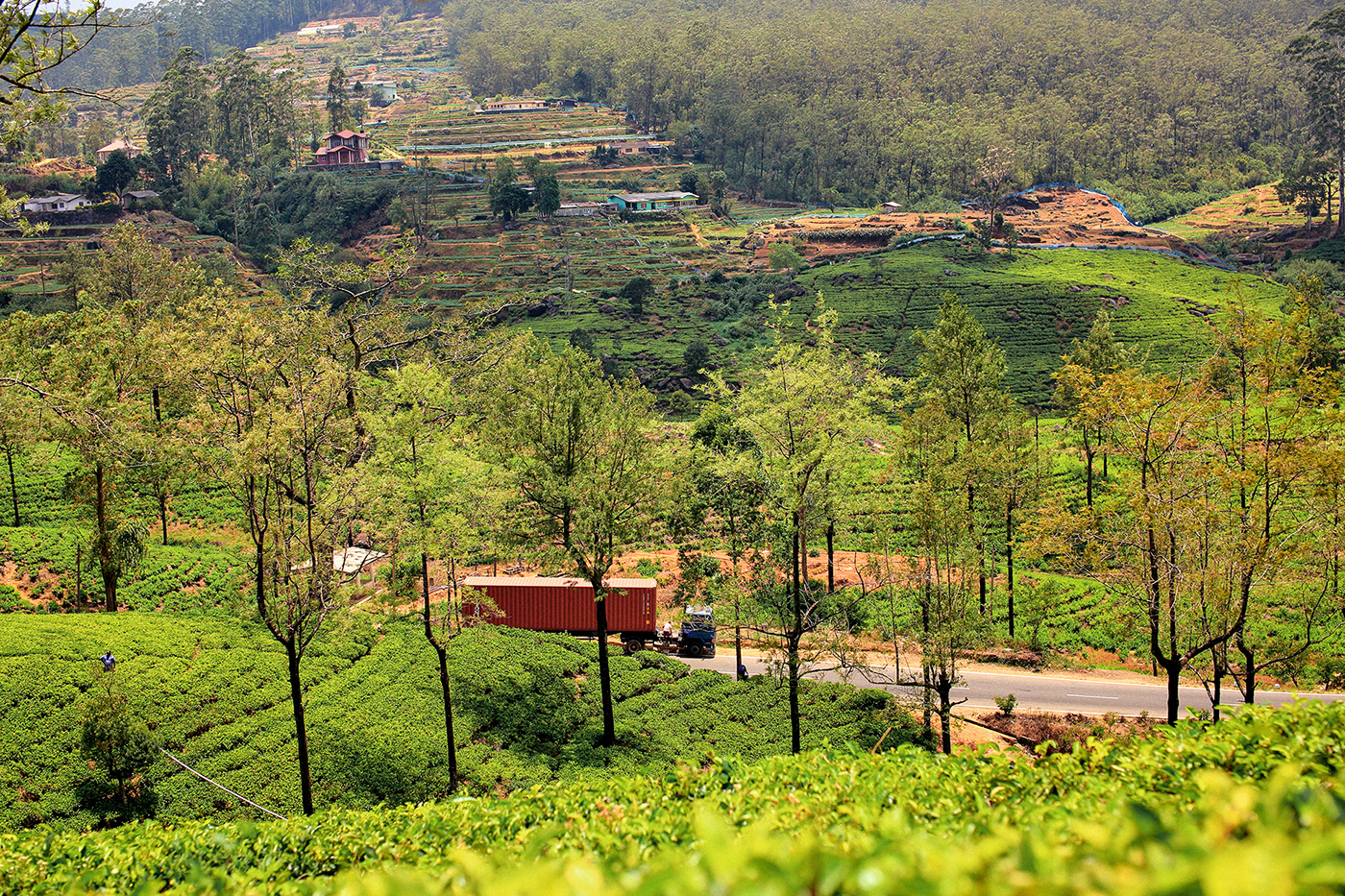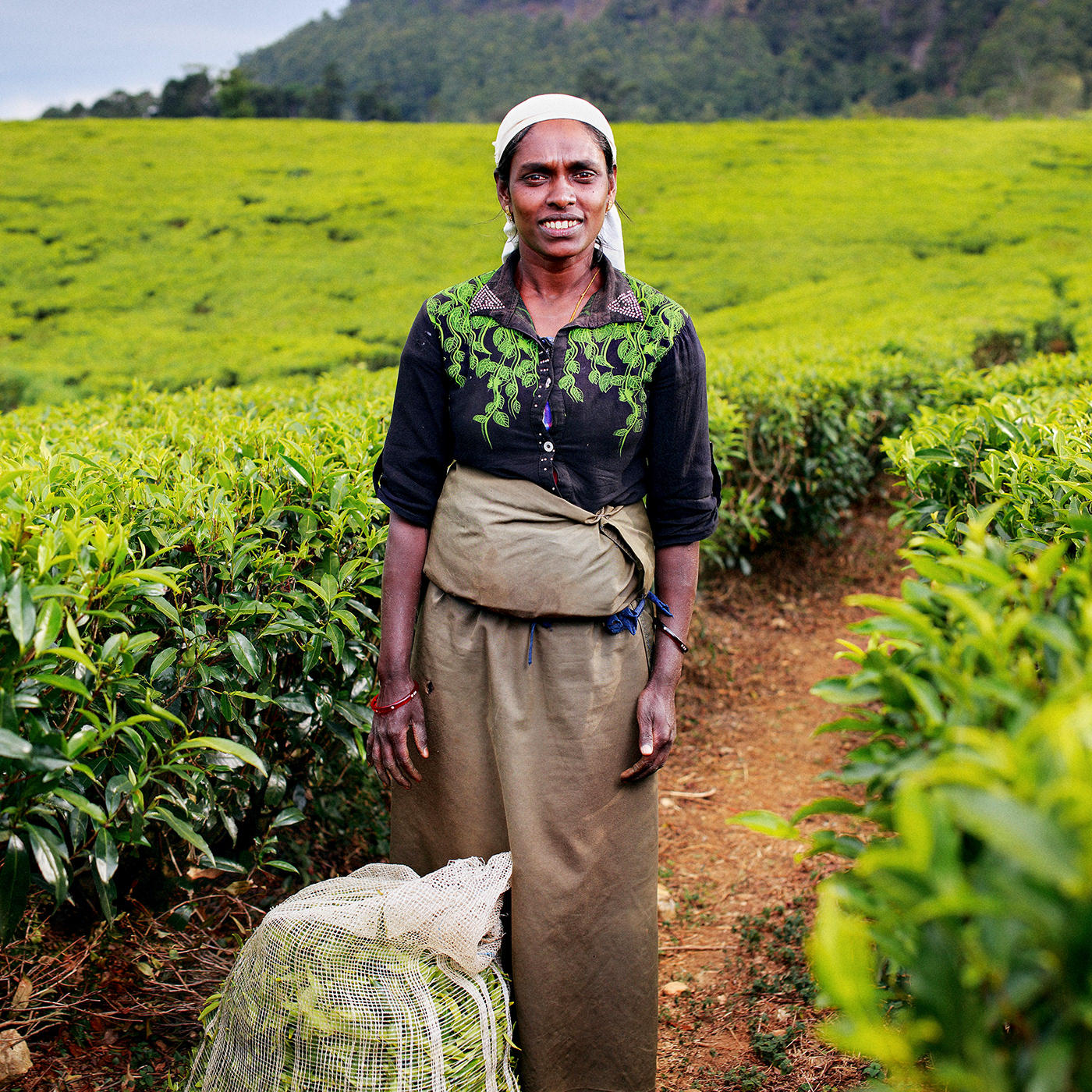Heritage: Ceylon Tea
Far Too Good For Ordinary People*

Sri Lanka is one of the best tea suppliers worldwide. It is the fourth largest producer of tea in the world, and the second largest exporter. However, behind such a high rank are social problems. Often hard labor is not properly encouraged. Entire generations of people work on plantations that support the country's economy, work in difficult conditions in rain and heat. As a rule, workers always received wages well below the national average. A century and a half has passed since the English colonization, and the conditions are almost the same. Many tea plantation workers are Tamils, the poorest, brought to Sri Lanka from south of India by British colonists in the 19th. Tens of thousands of families were recruited and brought to Sri Lanka to work on tea plantations. In most cases, they still live in conditions of exploitation and poverty. Demonstrations and protests are not uncommon. People fight for their rights. The average monthly salary is less than forty-five dollars. At the same time, the cost of living has risen.
The conditions are good on large and well-known plantations, but the total area of 250 thousand hectares does not allow the state to provide all workers with reasonable money for their work. Despite this, tea export is one of Sri main sources of income.


Most often, women collect tea. They tear off the upper and young leaves with their hands, and then put them in fabric bags attached to the head. On average, every woman should collect about 30 kg of tea leaves per day.

All types of tea are made from one plant. They are classified by type according to the level of fermentation.















For shooting , I chose places near the highest point of Sri Lanka. My companions were only 20+kg-bags of equipments.






Mountain ranges, hills contribute to frequent precipitation and fog. In clear day, the sun has a very aggressive UVI. In addition, the bushes themselves have a very hard texture. This negatively affects the skin of the hands. To achieve exceptional quality, all tea is harvested by hand, without the use of machines that are often found in China or Japan. Workers must collect from 16 to 18 kg of tea per day, otherwise their salary will be halved.
Despite the complexity of the work, people with dignity accept the challenge of their cultural heritage.












*Comic transcript the abbreviation FTGFOP. This is the best category of tea.




